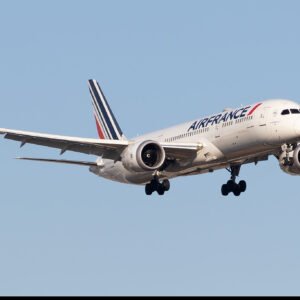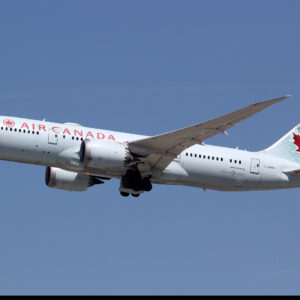Passengers travelling through Spanish airports will soon be able to carry more than 100ml of liquids and leave electronics in their hand luggage. National airport operator Aena has announced plans to roll out Computed Tomography (CT) scanners at major Spanish airports, including Madrid Barajas and Barcelona El Prat, in time for the 2024 summer season.
The new scanners will create a sophisticated 3D image of the contents of passengers’ bags, which is then analysed by an algorithm capable of detecting weapons, explosives, and other prohibited items, including liquid explosives. The scanners have already been introduced in several airports, such as in Amsterdam, leading to significant relaxation or lifting of hand luggage rules.
Removing Liquid Restrictions
The UK government plans to almost completely eliminate liquid restrictions once the CT scanners are installed in major airports, allowing passengers to carry up to 2 litres of liquids in their hand luggage. However, the new legislation is yet to be passed.
The rules on liquids in hand luggage were introduced in 2006 after a failed terrorist plot to smuggle liquid explosives onto commercial jets. Since then, the 100ml limit has covered liquids, pastes, gels, and most types of emulsions.
Enhanced X-Ray Technology
The new 3D X-ray scanners and enhanced technology can identify explosives without passengers having to remove liquids or electronics from their bags. Electronics have previously caused delays as they can block other items or disguise explosives or weapons.
Rollout Plan
Madrid Barajas and Barcelona El-Prat will be the first airports in Spain to lift restrictions on liquids and electronics in hand luggage from 2024. Palma de Mallorca airport will follow suit by the end of the same year. Other Spanish airports, including Malaga Costa del Sol, Gran Canaria, Tenerife Sur, Fuerteventura, Cesar Manrique Lanzarote, Alicante-Elche Miguel Hernandez, Ibiza, Bilbao, Menorca, and Valencia, will install the scanners from 2025 onwards.
The new rules are hoped to speed up the security process and reduce delays caused by long queues, which were a contributing factor to last summer’s airport chaos.






